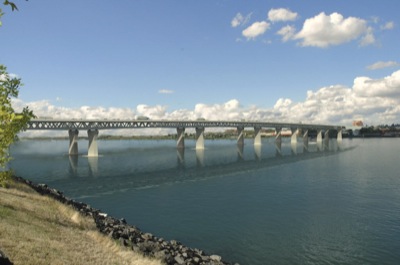Every family, every company, every nation must decide how much to spend today and how much to save/invest for the future. The decisions they make reflect their internal discount rate, which is the rate (expressed as an annual percent) that they discount future benefits and costs.
In the case of the recent debt deal, Democrats want to spend more now and not worry about future costs, indicating they have high discount rates and value present consumption much more highly than the future. Republicans want to save now, which they hope would have the effect of leading private investors to invest that savings effectively. This suggests they have a lower discount rate and value the future more highly.
On the other hand, considering the climate change issue, liberals tend to want to reduce current consumption in order to protect the distant future, which suggests a low discount rate. Fiscal conservatives see the future as highly uncertain and prefer to increase current wealth, which sounds like they have a higher discount rate. (A true application of the “precautionary principle,” conservatives argue, would be to invest in things that have immediate returns, such as reducing malaria and other major diseases, with the expectation that society will be wealthier and better able to deal with climate change if and when it actually happens.)








